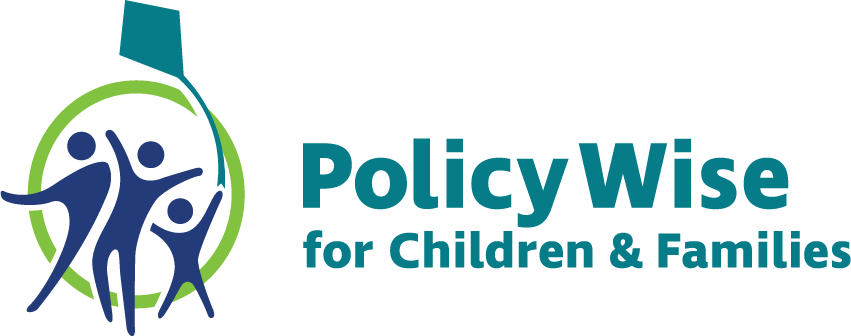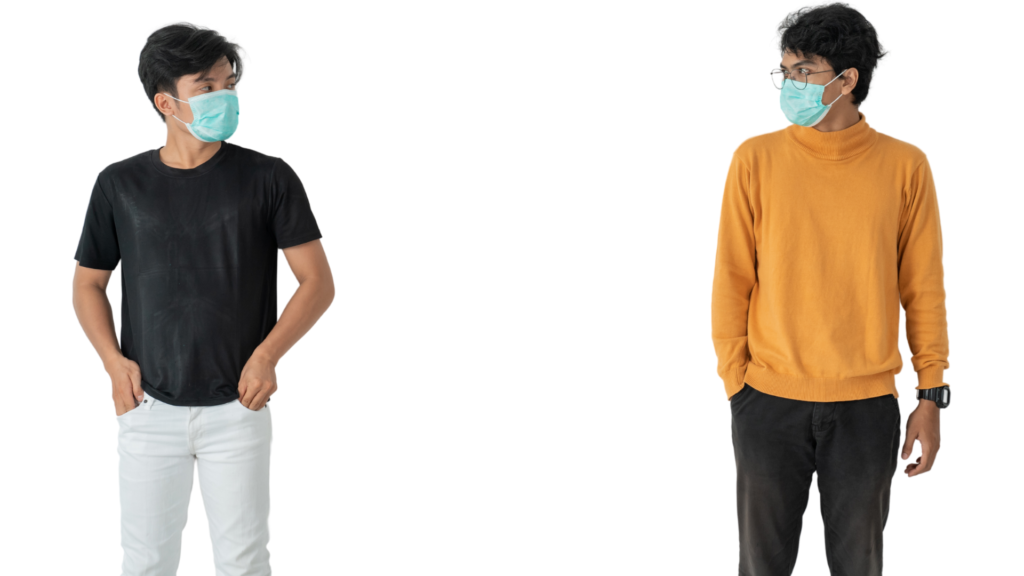For people unfamiliar with in-situ methodologies, we’ll share a story. It demonstrates the methods’ unique contribution to understanding experiences of a changing world.
PolicyWise Knowledge Mobilization & Relationship Specialist, Nicole Glenn, describes her experience of conducting a walking interview – a common in-situ approach – in the inner-city of Montreal. She co-authored the guide with researchers Martine Shareck and Stephanie Alexander.
A story of a walking interview

It’s 2015. Although I’ve lived in Montreal for years, I’ve never been to this neighbourhood. I do know its poor reputation.
Clare is the participant’s name. As we’re walking, she points out a series of park benches near her house – “they’re why I love it here!” I watch as she describes what she likes about this place, “It’s so vibrant and everyone is welcoming!” It’s a collection of several benches in a busy central square. On one bench, I see two older men deep in conversation. On another, a mother hands her toddler a snack. People are greeting each other in French and English: “Bonjour! How’re you?”
When I ask, Clare describes her neighbourhood as a “great place to live.” It’s in pretty stark contrast to what I’ve heard about this place.
During the walk, Clare not only describes her neighbourhood, she shows it to me. I get to see, hear, and smell it along with her. Clare tells me stories that come up during the walk – like about the benches. There is an interview guide, but most of the questions come up in conversation, in response to what we see, hear, and experience.

What now & what next?
A lot changed in the years since this walking interview took place. A global pandemic has caused nearly everything to shift, in-situ methodologies included. Sharing space and time are essential to the immersive nature of the approach. What now? Are they safe? Will people want to be together still?
COVID-19 has also heightened crises of inequities across the globe. Job loss, illness, and death are concentrated in places where immigrants, racialized peoples, and older folks live.
In-situ methodologies offer a unique way to better understand these communities’ experiences, their priorities for recovery, and their preferred solutions. They are participant led and equity-centred. So, adapting them is a worthwhile endeavour. Find out more in the Wayfinder guide!


